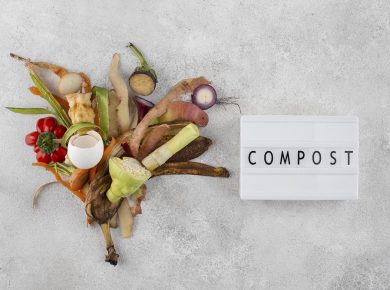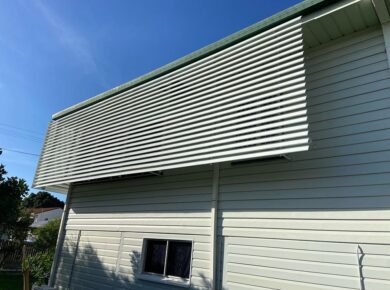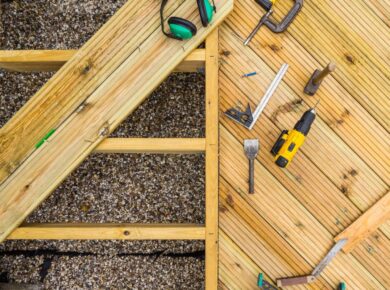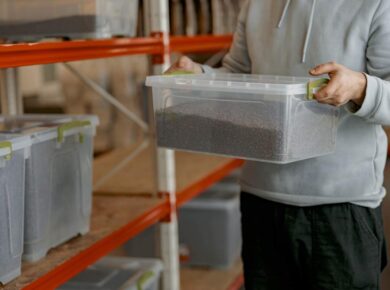Venetian plaster is a limestone-based product that can be used as either a wall, floor, or ceiling finish. This product is applied using a metal trowel in multiple layers and can be used in internal and external areas. Once applied the surface is then burnished to create a smoother look and give off an illusion of greater depth and a stunning marbleised texture.
When Venetian plaster is applied correctly by certified professionals it comes rock hard. It is this durability, coupled with a highly polished aesthetic, that makes it such a popular finish.
Venetian is particularly handy for those renovating areas that would otherwise be too expensive to use real marble. For example, if you want marble effect columns, fireplaces, or curved walls, Venetian plaster is an awesome alternative.
Additionally, Venetian plaster can be coloured and customised significantly using a variety of synthetic and natural additives. But, what other surfaces and materials can Venetian plaster be applied to?
In this article, we will see if Venetian plaster can be applied to wood, drywall, and furniture. First, let’s take a quick look at the two main types of Venetian plaster:
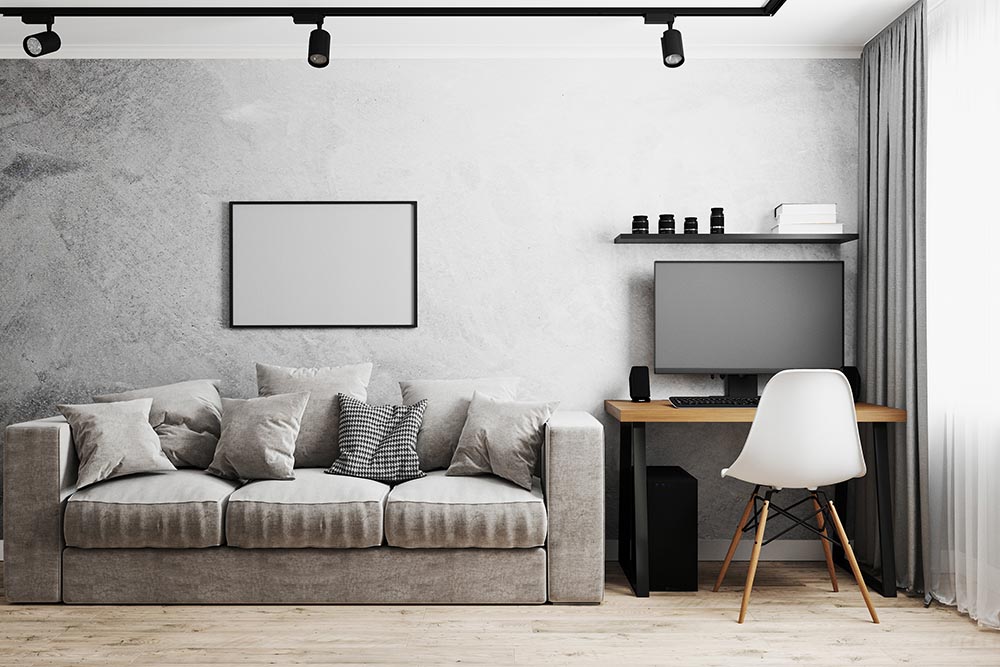
The different types of Venetian plaster
- Marmorino: Marmorino is Italian for “made from river rock”. This lime is far stronger than the limestone sourced in Australia, which is typically made from limestone. Marmorino comes in a variety of different polishes, from coarse to fine sheen. Overall, Marmarino is strong, hygienic, and perfect for the home as it can be applied to practically any surface, including tiles.
- Stucco: Stucco is a cement-based product that is better suited to exterior finishes. Similarly, to Marmarino, Stucco is durable and can refrain from cracking for at least 10-years! This is harder than concrete while also boasting some flexibility which is why it does not tend to crack easily as opposed to regular Cement Dado.
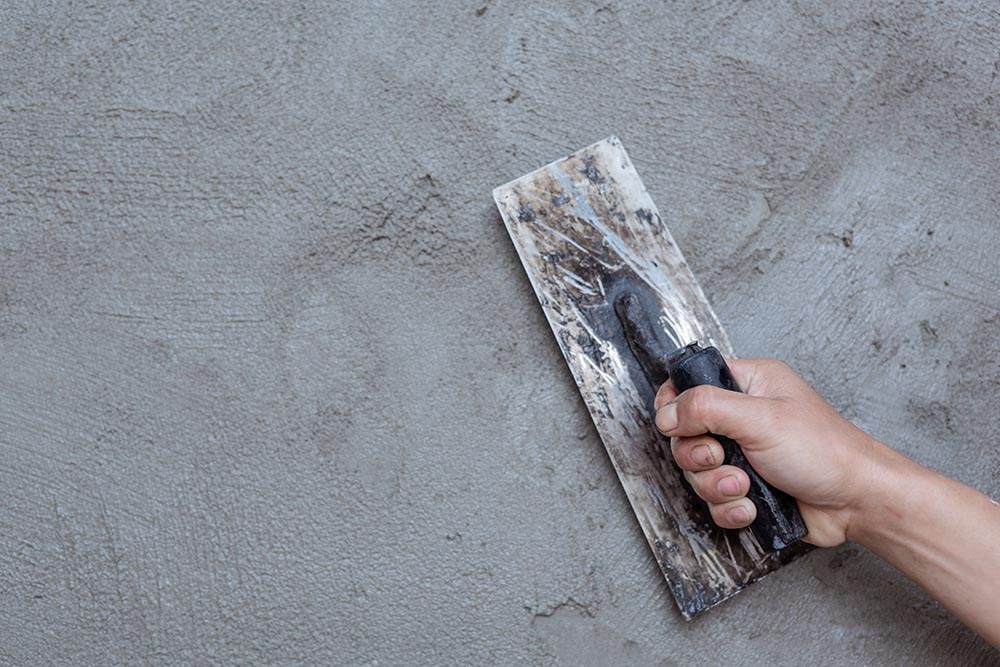
What surfaces can you Venetian plaster?
What surfaces can you apply Venetian plaster to? Venetian plaster can be applied to most walls, ceilings, and floors, however, the surface must be perfectly flat and smooth. If there are any cracks or holes in the surface of the material, they will need to be filled in and sanded first. Following that, any dirt and grease must be removed thoroughly from a surface before you can begin. Next, the material should be primed or covered with paint before the Venetian plaster can be effectively applied.
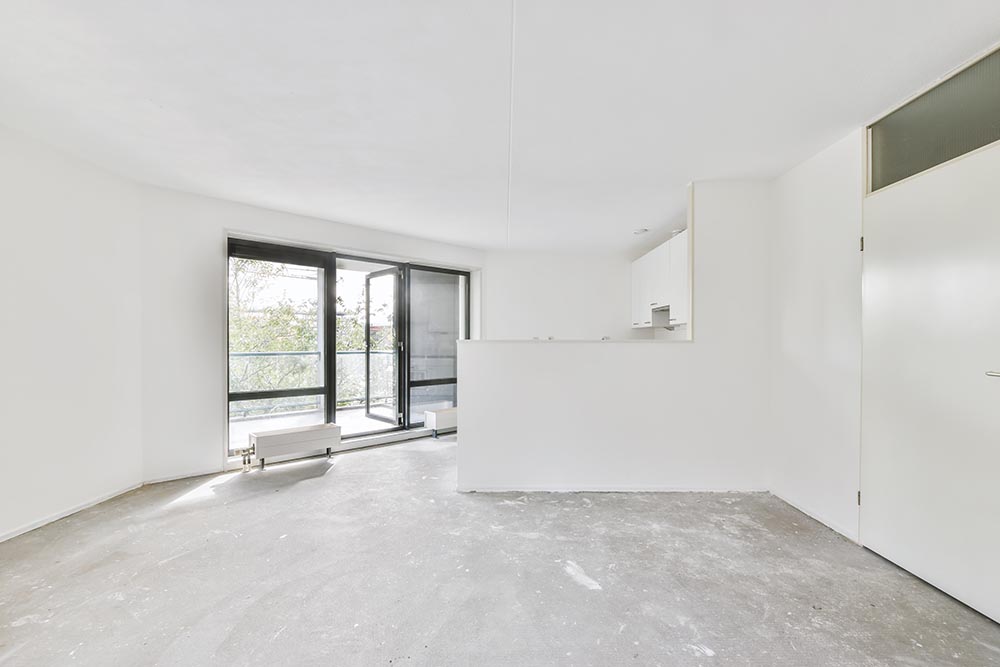
Venetian plaster be used on drywall?
Can Venetian plaster be applied to drywall? Yes, it can. Just bear in mind that when applying Venetian plaster to drywall, you must skim coat the whole thing. This means that once having applied a scratch coat, you need to apply an additional ‘skim’ coat over the drywall and then sand it smooth.
Can Venetian plaster be used on wood?
Can Venetian plaster be used on wood? Yes, it can. Venetian plaster can be applied to wood, however, it will require the appropriate treatment beforehand. You will need to skim-coat the wood, spreading several layers of drywall joiner directly over the wood panelling. Following that, you must scrape it flat and sand it until you get a smooth finish. Then, you must clean it thoroughly of any dust and debris and apply a coat of primer, thus helping the joiner compound to adhere properly. Once you have done this, you will be able to begin applying Venetian plaster.
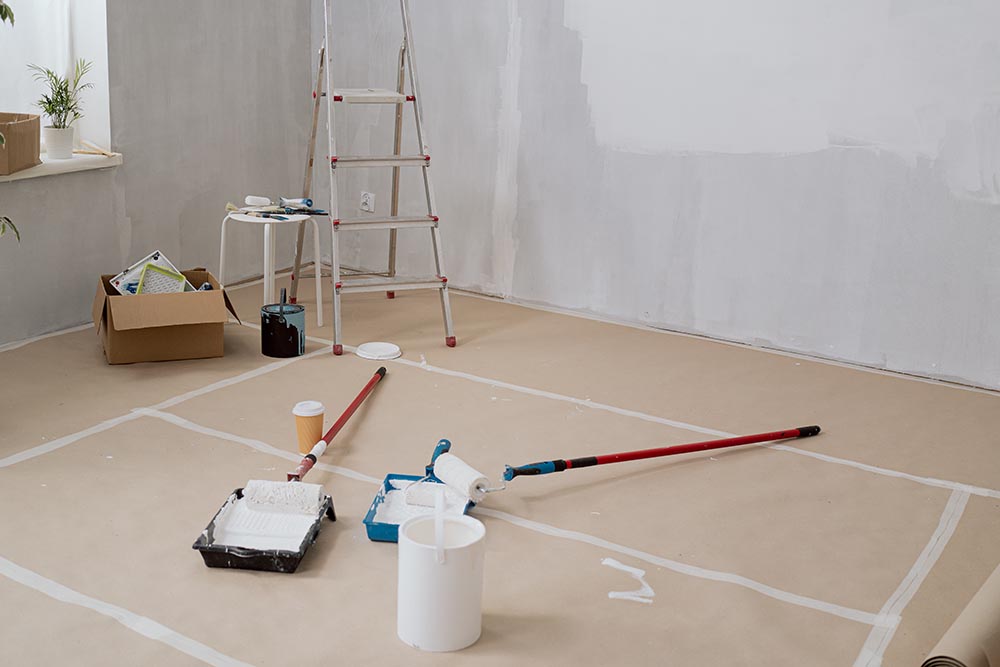
Can Venetian plaster be used on floors?
Can Venetian plaster be used on floors? The short answer is yes, but it will require some preparation. First of all, you need to ensure that the floors are entirely level, which may require some detailing depending on the condition of your floor.
You also need to be mindful of what materials are on your existing floors. Do you have laminate flooring? Would you like to apply Venetian plaster over a tiled floor? Or perhaps concrete?
Once you have successfully applied the Venetian plaster to your floors you will need to further treat it to ensure that it isn’t easily scratched or damaged. As Venetian plaster is a naturally porous material you will also need to apply a wax layer to help keep it in pristine condition.
Can Venetian plaster be used on furnishings?
Can Venetian plaster be applied to furnishings/furniture? Yes, you can – and the results can be wonderful. However, you must follow similar preparatory precautions before going ahead.
You will need a suitable primer that will prevent the water contained in the Venetian plaster from seeping into and expanding/warping the wood.
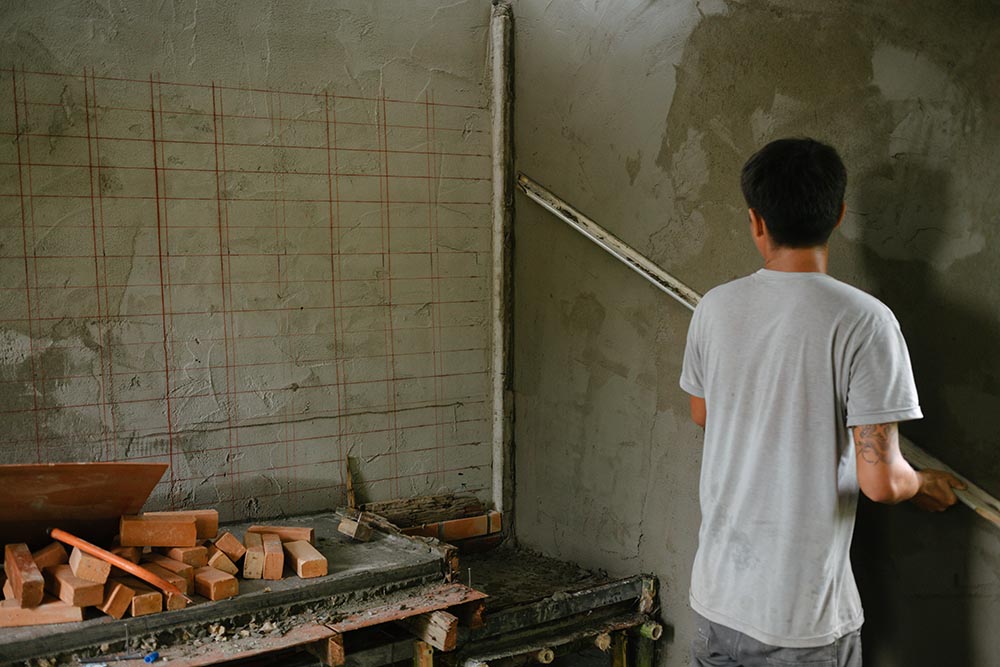
Speak with the professionals
If you are not quite sure, it’s always advised that you consult with specialist Venetian plasterers before you go ahead and renovate a room. The fact is, applying Venetian plaster is a very difficult task without the proper experience or equipment. As such, you may be better off skipping the DIY and hiring professionals to make light work of it for you. That way, you can enjoy a perfect finish with the very best results, for longer.
Conclusion
Let’s summarise:
- There are two types of Venetian plaster: Marmarino and Stucco.
- Venetian plaster can be applied to the following surfaces:
- Floors
- Walls
- Ceilings
- Drywall
- Tiles
- Wood
- Furniture
It is important to remember that depending on the condition and type of surface, there will likely be some preparation work involved before you can begin the application process. For further advice on decorating with Venetian plaster, find a reputable interior specialist such as Platinum3Painting to guide you accordingly.
We hope that you have found this article helpful and wish you the best of luck with your renovation project.





